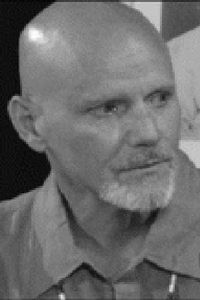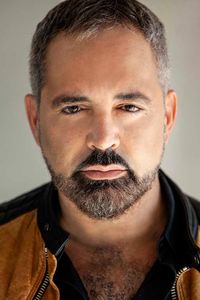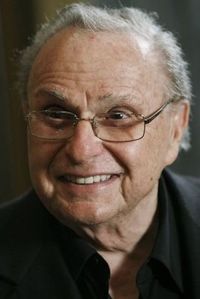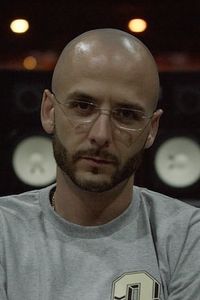Steven Solberg's remarkable odyssey in the realm of film commenced amidst the dynamic and liberating 1970s counterculture movement in San Francisco, a city still reeling from the profound impact of the iconic Stonewall riots. His professional journey took a significant turn when he co-starred in the pioneering 1970 surrealist film, Luminous Procuress, directed by the visionary Steven Arnold. This landmark film is now proudly housed in the esteemed collection of the Whitney Museum of American Art, a testament to its enduring influence and artistic merit.
As a testament to his remarkable adaptability and creative range, Solberg went on to collaborate with a diverse array of prominent artists and filmmakers, all of whom were instrumental in shaping the avant-garde movement. Throughout his illustrious career, Solberg has consistently demonstrated his ability to push boundaries, challenge conventions, and inspire innovative artistic expression.
From 1981 to 1983, Solberg's creative endeavors left a lasting imprint on the vibrant theatrical scene in Los Angeles, as he simultaneously pursued a career as a scenic designer and actor, contributing to the city's rich cultural heritage.
During this period, Solberg's impressive credentials included the scenic design for the inaugural production at the LA County Art Museum's Leo S. Bing Theater, featuring the avant-garde opera Laborintus II by the renowned composer Luciano Berio.
In addition, Solberg's work was showcased at Stages Theater Center, where he designed the sets for the world premiere of Eugene Ionesco's groundbreaking play Tales for People Under the Age of Three, a production that pushed the boundaries of contemporary theater.
Furthermore, Solberg's scenic design expertise was featured in the LA premiere of Sam Shepard's critically acclaimed play The Unseen Hand, a production that solidified his reputation as a master of his craft.
Throughout his time in Los Angeles, Solberg's extensive body of work, comprising numerous productions, solidified his status as a prominent figure in the city's thriving theatrical community.
The tumultuous early AIDS epidemic and the pressing need for a stable financial foundation in the wake of his own personal struggles with drug and alcohol addiction served as a catalyst for Solberg's transformation, prompting him to redirect his efforts towards frontline social services.
Over the course of seven years, from 1998 to 2005, Solberg successfully integrated art therapy into HIV Education and Prevention services, partnering with the Van Ness Recovery House Prevention Division and AIDS Project Los Angeles.
Furthermore, he co-founded the Los Angeles Gay Men's Medicine Circle alongside Dr. Donald Kilhefner, a pioneering initiative that aimed to provide a supportive community for individuals affected by the epidemic.
Through his work, Solberg developed innovative curriculums and taught workshops, including the acclaimed "Seeing In The Dark: An Introduction to Queer Shamanism," which explored the intersection of spirituality and identity.
Please let me know if you would like me to add anything else.
Robert Solberg is actively engaged in the production of a documentary that explores the experiences of GLBTQ elders, delving into the complex interplay of aging and spirituality within this community. This ambitious project has already generated significant buzz and attention, with notable film industry professionals taking notice of its importance.


















